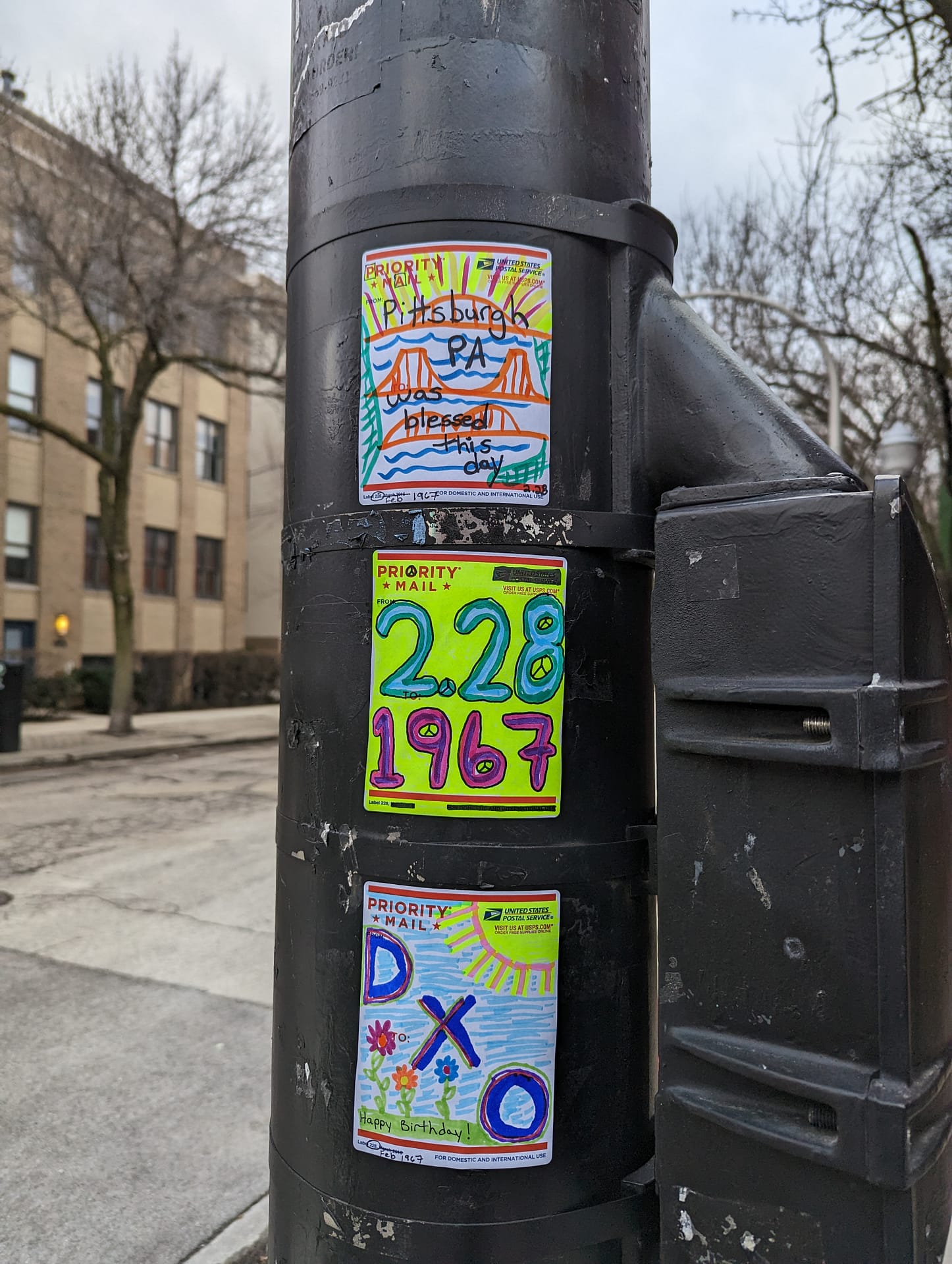
Emerging from the shadows of the urban landscape, around nearly every corner, street art has transformed the world into an open-air gallery, a shared communal canvas for creativity and social commentary. Arte Agora adorns city walls, abandoned buildings, street signs, light boxes—literally anywhere there is blank space, artists step up to fill it.
For practitioners of Arte Agora, the public way serves as the artist’s gallery, or place of business, offering an arena to showcase their artistic output and engage with the public in a way that traditional art institutions do not offer. Because this work isn’t confined to the walls of galleries or
museums, it is thrust into the heart of everyday life, where it can confront, delight or provoke passersby.
Urban art beautifies, but it can also carry powerful messages. Public by its very nature, Arte Agora can spark conversations and prompt reflection on the world around us, while also serving as a way to titivate vacant storefronts and simply make our neighborhoods far more interesting.
The roots of art in the public way can be traced back to ancient civilizations, where graffiti was used to mark territory, convey messages, or express political/religious beliefs. In the modern era, street art gained greater prominence in the 1960s and 1970s, coinciding with social and political upheavals. Artists like Blek le Rat, Cornbread, and TAKI 183 began using spray paint to create tags and murals in New York City, challenging the city’ s establishment and giving voice to marginalized communities.
While different in nature from graffiti because of its removability, it is at these margins that many Arte Agora artists still practice. They are compelled to create, to literally decorate, embellish and beautify our neighborhoods with their own personal takes on characters, styles, etc., often collaborating officially—or unofficially—with other artists.
Ephemeral by nature, Arte Agora is subject to replacement by other artists, removal by authorities, vandalism, or the natural wear and winnowing by weather. It is this ephemerality that adds to its allure, imbuing the work and the viewer with a sense of urgency and authenticity. Will it be there when I walk by tomorrow? Awareness that the art may not be there for long encourages viewers to value it in the moment, in the present. The magic happens in that slice of time and space that the artist and art appreciator share. It is public communion, a way for us to connect in the public way with authenticity and substance.
Arte Agora transfigures cities around the world into vibrant and dynamic spaces, where creativity and engagement are fostered, where artists support one another in an endeavor to reminds us that art is not confined to galleries and museums; it is alive and well in the streets and is everywhere around us.
Shawn-Laree O’Neil
November 20, 2023